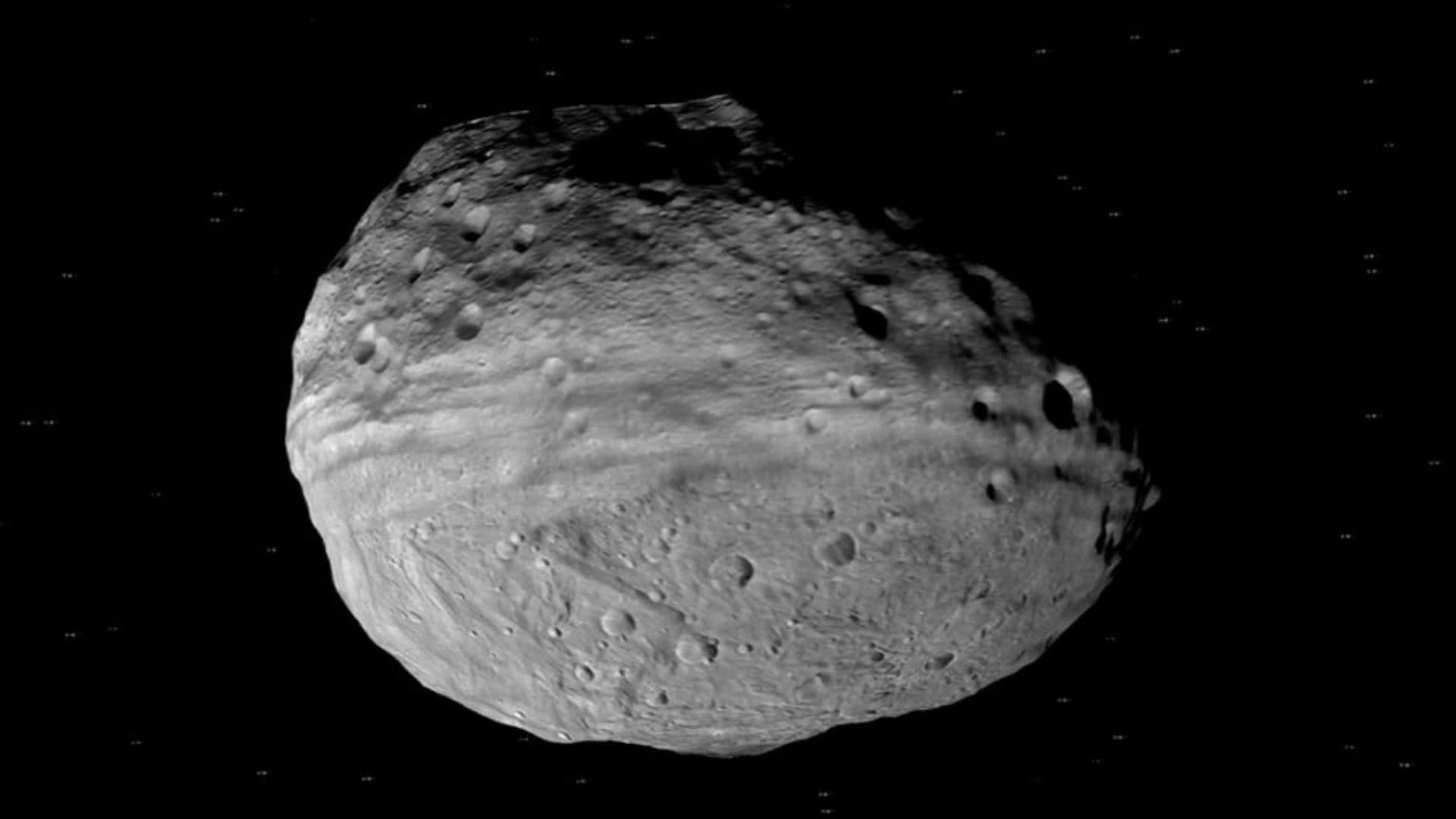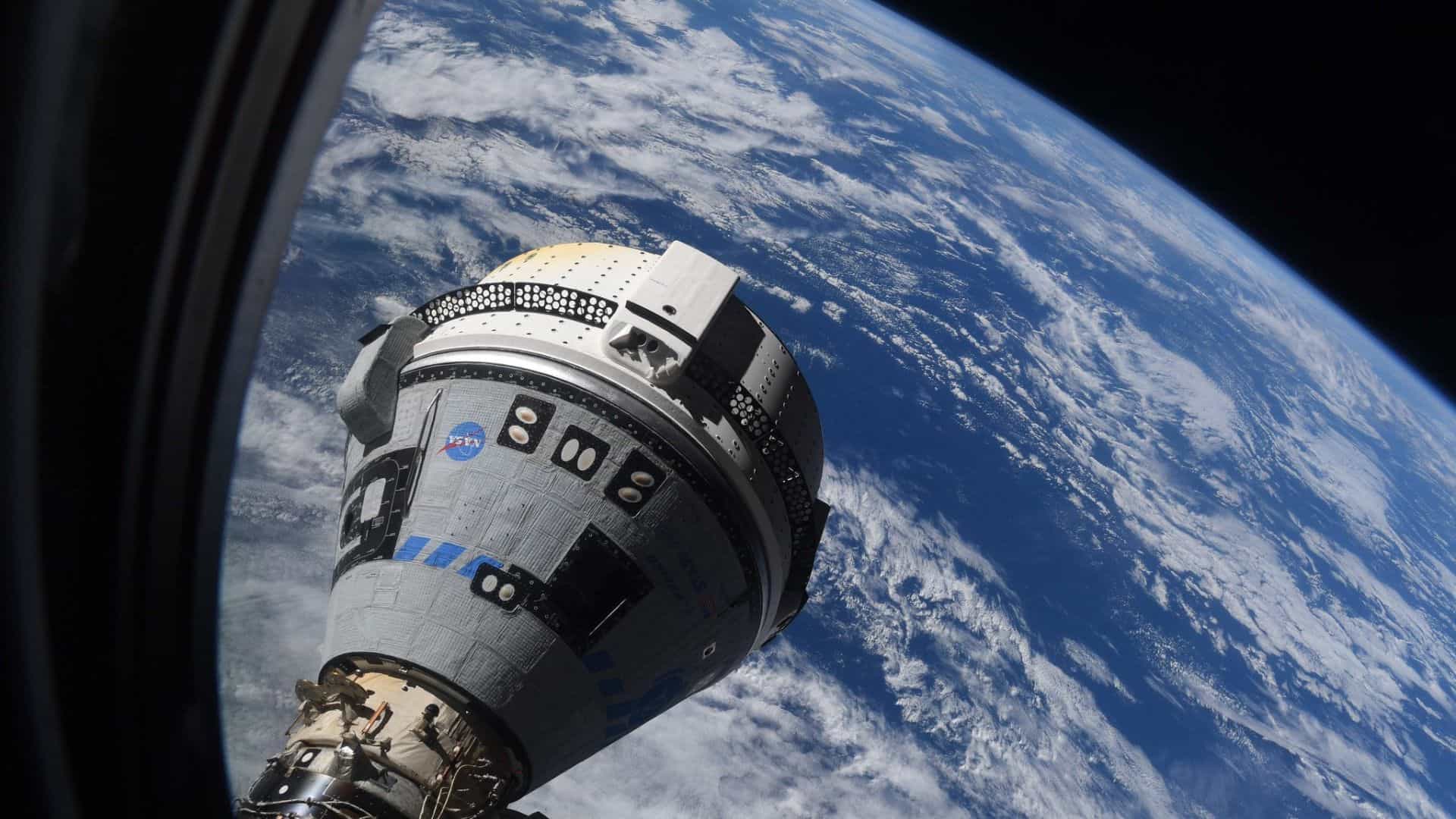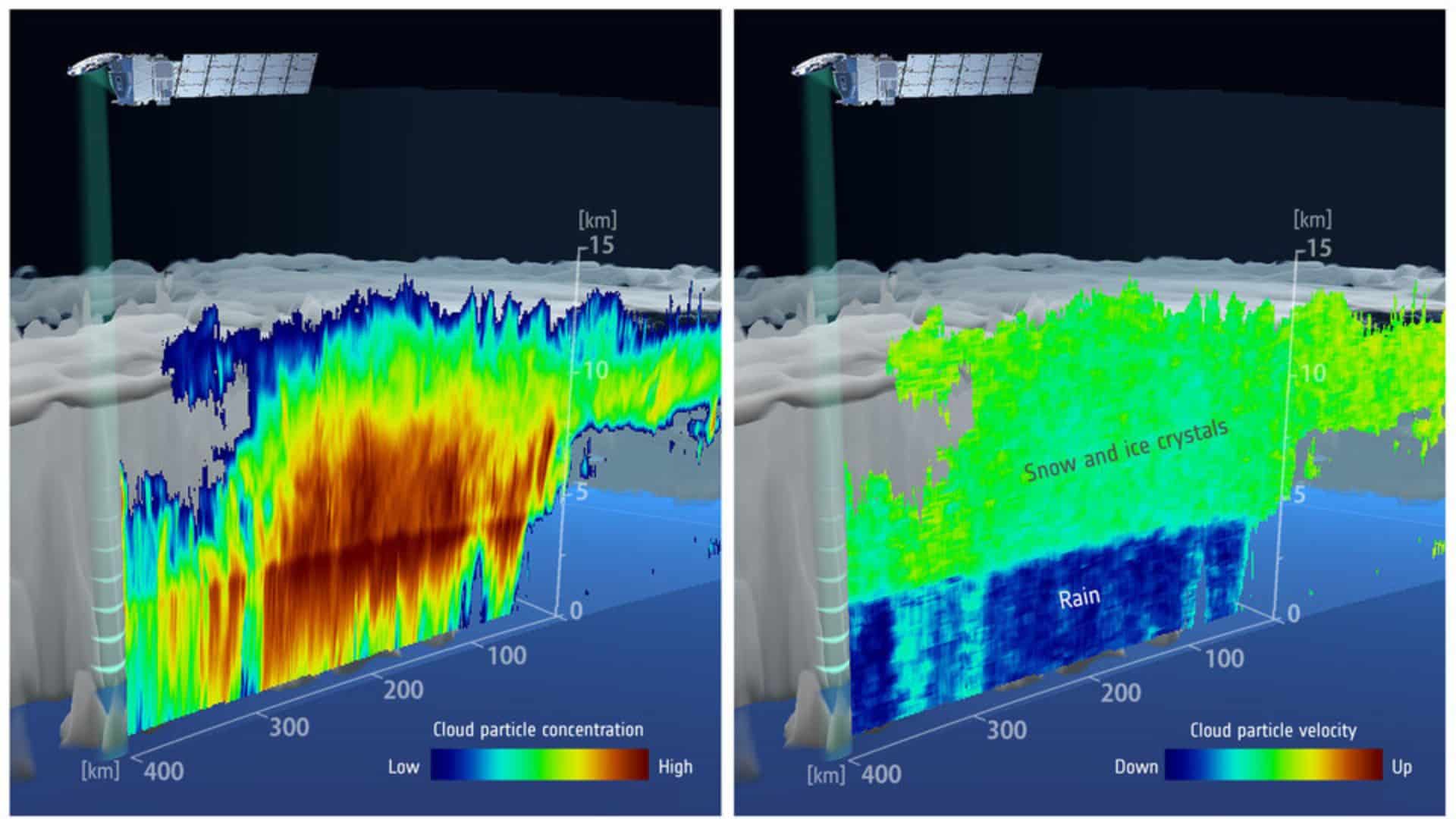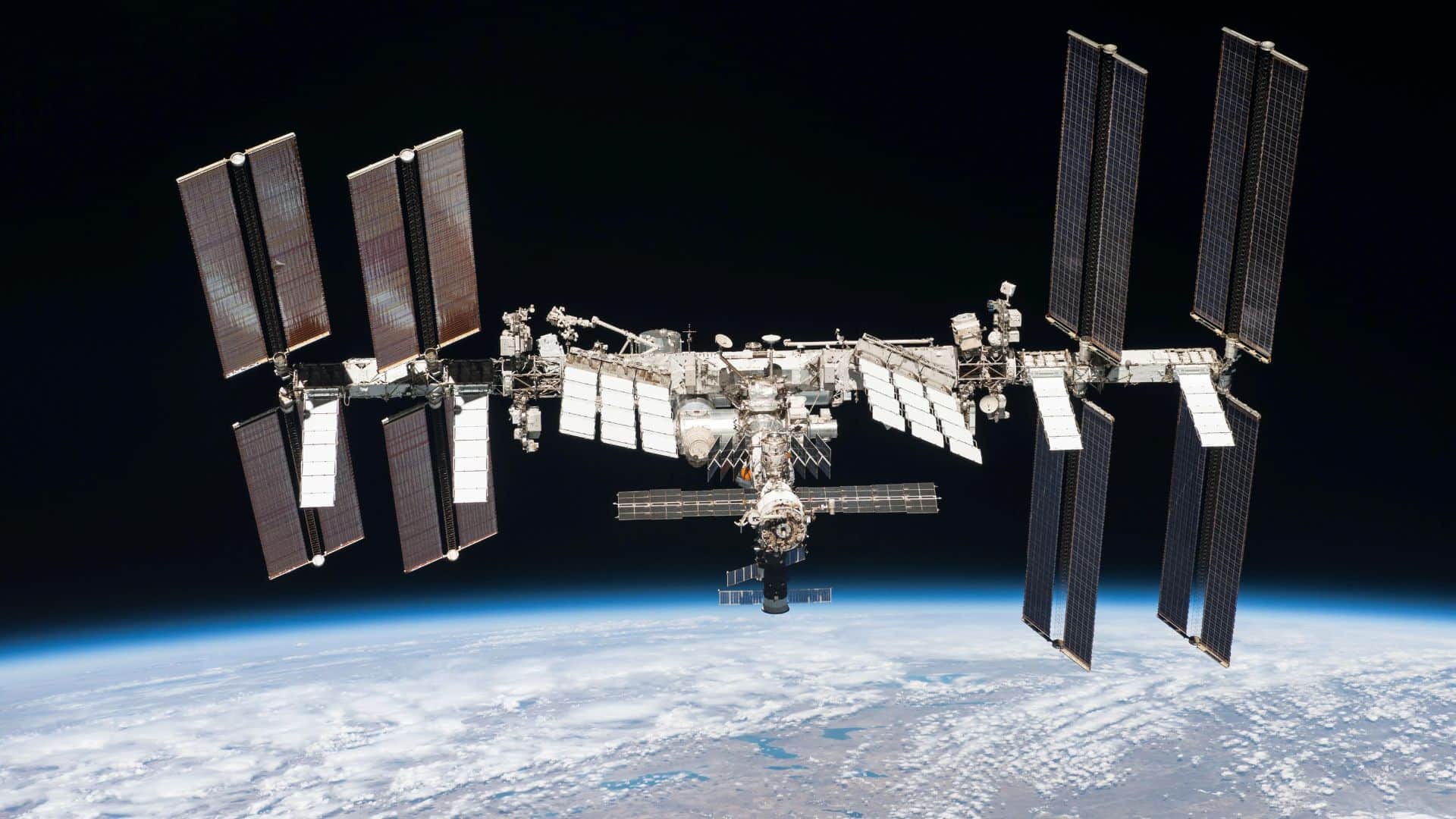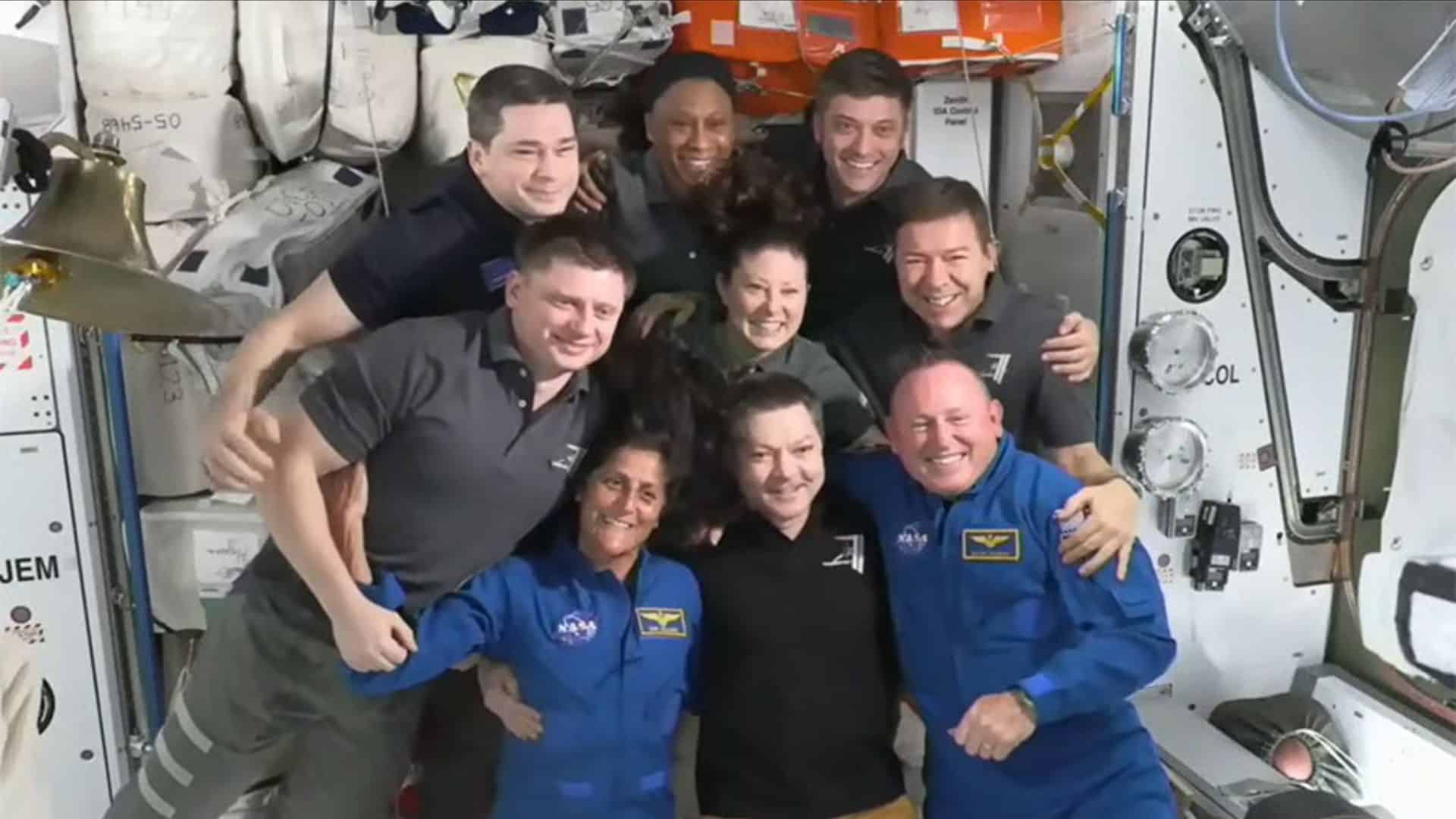
Boeing’s Starliner spacecraft, which carries two NASA astronauts, Butch Wilmore and Suni Williams, has arrived at the International Space Station (ISS) at 1:34 p.m. EDT on Thursday, June 6, 2024.
The spacecraft was launched atop an Atlas V rocket of the United Launch Alliance (ULA) at 10:52 a.m. EDT (14:52 UTC) on Wednesday, June 5, 2024.
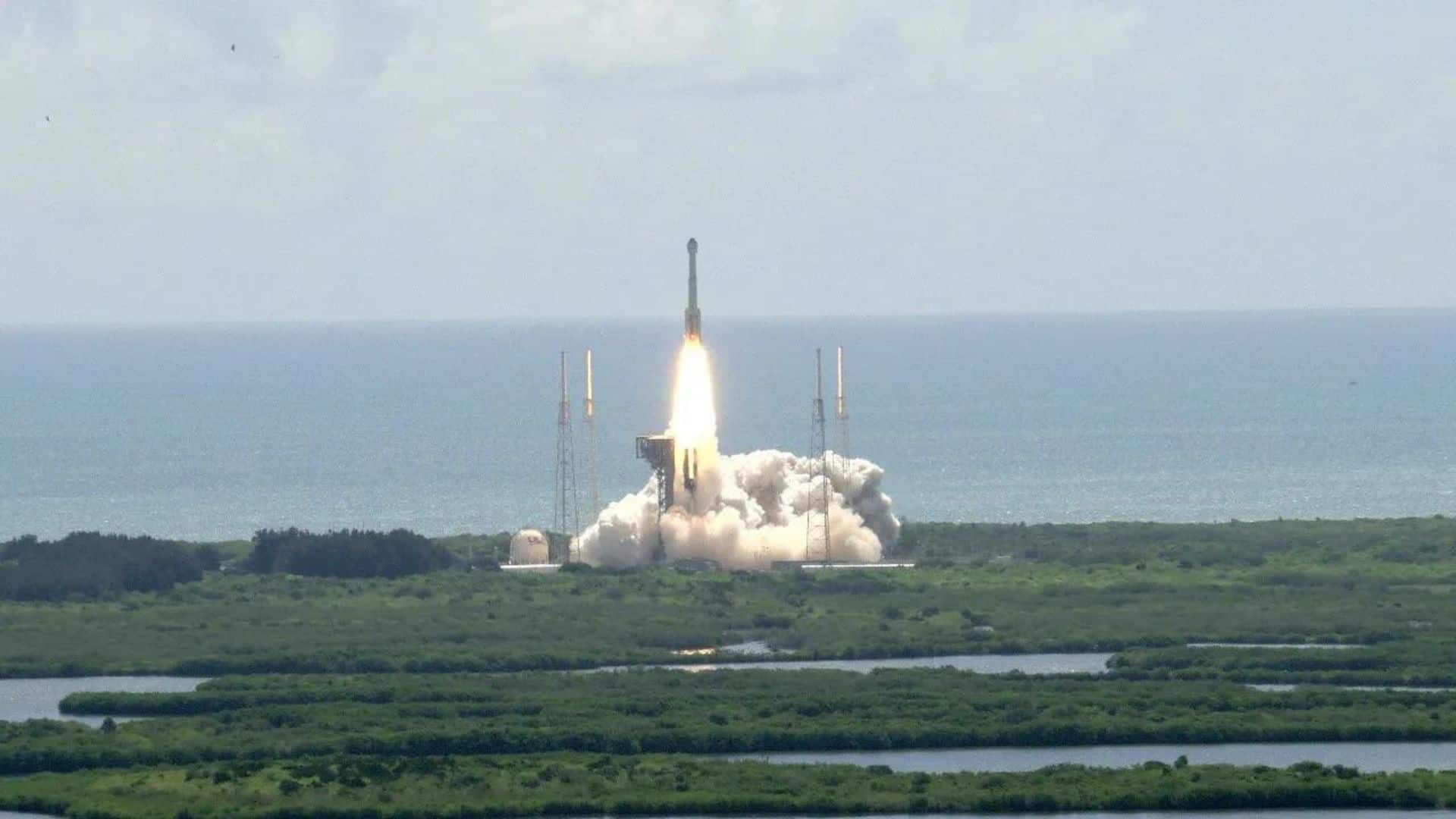
It is the first crewed test flight of Boeing’s Starliner spacecraft to the International Space Station (ISS).
However, the journey of the Starliner spacecraft was not smooth, as the spacecraft encountered thruster failure and helium leaks en route to the ISS.
During the flight, five reaction control system thrusters of the spacecraft failed. However, the mission teams were able to recover four thrusters out of five by performing a series of hot-fire tests.
They also found that the problem was caused by the Starliner’s software and not the thrusters themselves. So bringing the crewed spacecraft back safely to earth will not pose any risk.
Not only that, the mission teams also identified three helium leaks in the spacecraft. However, the teams were able to isolate the three helium manifolds and close them, which stopped helium leaks.
Currently, the Starliner spacecraft has enough helium in its propulsion system to safely return to Earth.
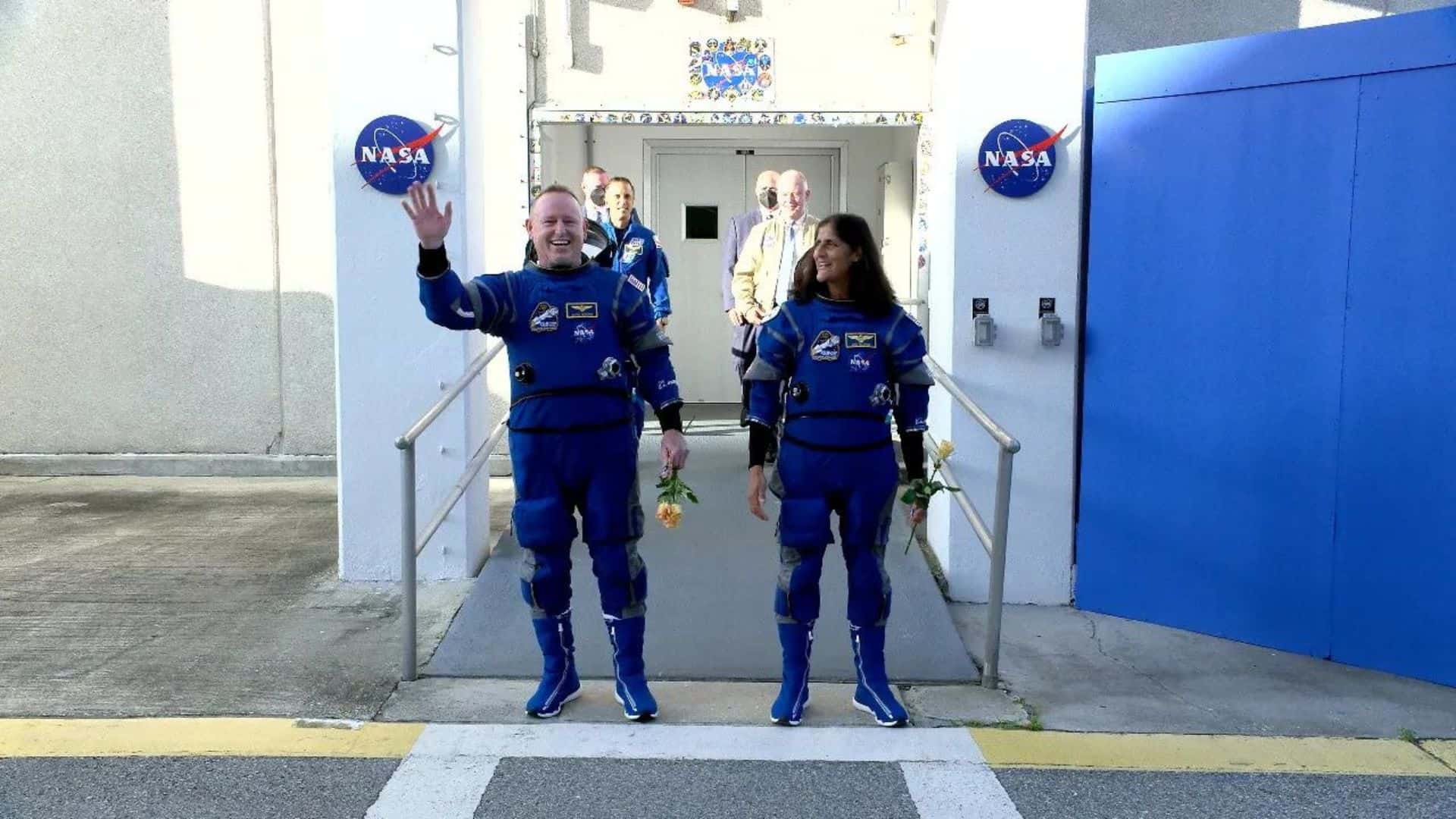
NASA astronauts, Butch Wilmore and Suni Williams, will spend about a week at the International Space Station before the crew capsule makes a parachute-assisted landing in the southwestern United States.
Once the crewed test flight is complete, NASA will certify Boeing’s Starliner spacecraft to carry astronauts to and from the International Space Station regularly.
Boeing aims to be the second private US company, after Elon Musk’s SpaceX, to conduct human spaceflight to and from the International Space Station.
NASA awarded several US private companies to carry safe, reliable, and cost-effective human transportation to and from the International Space Station through its Commercial Crew Program (CCP).
Till now, NASA has only certified SpaceX Dragon spacecraft to conduct human spaceflight to and from the International Space Station.
Please remember that in 2014, NASA awarded contracts to both SpaceX and Boeing to develop their individual astronaut transportation systems to the space station. SpaceX started its service in 2020, but Boeing has yet to do that.
Through this Commercial Crew Program (CCP), NASA does not want to depend on the Russian Soyuz spacecraft for the transportation of astronauts. Once Boeing’s Starliner spacecraft begins its crew rotational service, NASA will not have to purchase additional seats on the Soyuz spacecraft for astronauts.
Please bookmark Spaceandtelescope.com or follow us on Facebook and Twitter to get latest space news, upcoming skywatching events and astronomy-related content.
